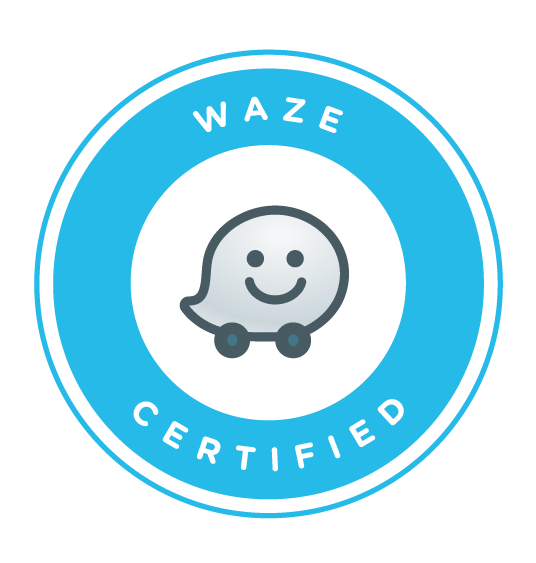
Navigating the world of Search Engine Optimisation (SEO) can be challenging, but one fundamental aspect of proper SEO is effective keyword research. By focusing on the Pareto Principle, we can apply the 80/20 approach to our keyword research, aiming for the top 20% of keywords that yield 80% of the desired results. In this article, we will provide a step-by-step process to conduct efficient keyword research, including the use of various resources to achieve the best possible results.
Step 1: Define Your Niche or Topic
To begin, choose a specific niche or topic related to your website or business. This provides a clear focus when researching keywords for your content to reach the desired audience.
Step 2: Brainstorm Seed Keywords
Next, create a list of 5-10 seed keywords or phrases relevant to your chosen niche or topic. These initial keywords will create the basis for targeting the majority of your desired results.
Step 3: Utilise Keyword Research Tools
Some popular keyword research tools include Google Keyword Planner, Ahrefs, and SEMrush. Use these tools to research your seed keywords and find more related keyword ideas. Prioritise the top 20% of keywords with good search volume and low competition.
Step 4: Analyse Search Intent
Identify keyword phrases reflecting the searcher’s intent, such as informational (how-to, best, tips), navigational (brand or product/service name), and transactional (purchase, price, shipping). Focus on keywords that align with your website’s goals and objectives.
Step 5: Evaluate Competition
Using the keyword research tools mentioned earlier, analyse the competition levels for your chosen keywords. Aim for a balance between search volume and competition, focusing on terms that will boost your rankings.
Step 6: Implement Long-Tail Keywords
Incorporate long-tail keywords (phrases with three or more words) into your content. These typically have less competition and often contribute significantly to your organic search traffic.
Step 7: Group Keywords into Topics
Organise your refined list of keywords into related groups or topics. By targeting a set of closely related keywords, you can create comprehensive content that ranks highly in search engines.
Step 8: Craft Compelling Content
Develop relevant, high-quality content centred around your grouped keywords. Ensure that your content satisfies search intent and provides value to your audience.
Step 9: Monitor Results and Make Adjustments
Keep track of your website’s performance using tools such as Google Analytics. Regularly assess and adjust your content and keywords where necessary, ensuring they continue to drive results.
Step 10: Continuously Refine Your Keyword List
It’s essential to remember that keyword research is an ongoing process. Update your list regularly and maintain strong emphasis on the top 20% of keywords that drive the most traffic and conversions.
By focusing on the 80/20 approach to keyword research, you can ensure that your SEO efforts yield the best possible results. With the help of the tools and resources mentioned in this article, your website will be well-positioned for success, driving increased traffic and conversions in the highly competitive online landscape.
If you’re struggling with your SEO keyword research, we can help, give us a call on 01603 343477.




